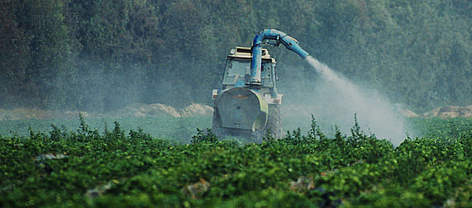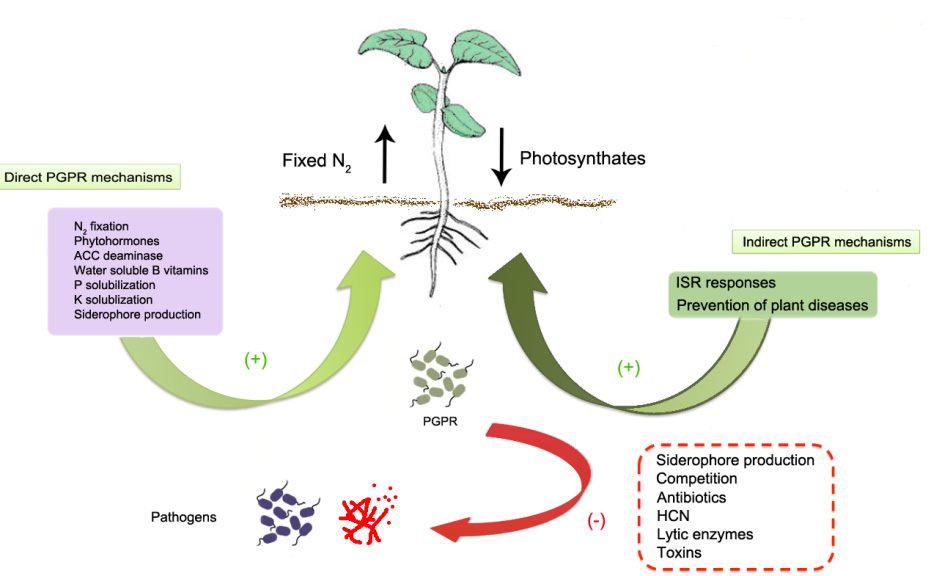
In 1967, Ratcliffe noted increased incidence of raptor nests with broken eggs in the United Kingdom. This book inspired widespread concern about the impact of pesticides on the human health and the environment. In 1962, Rachel Carson published the book “Silent Spring”, in which she mentioned problems that could arise from the indiscriminate use of pesticides.

In the 1950s, the application of pesticides in agriculture was considered advantageous, and no concern about the potential risks of these chemicals to the environment and the human health existed. Consequently, the1940s witnessed a marked growth in synthetic pesticides like DDT, aldrin, dieldrin, endrin, parathion, and 2,4-D. ĭuring World War II (1939-1945), the development of pesticides increased, because it was urgent to enhance food production and to find potential chemical warfare agents. Inorganic substances, such as sodium chlorate and sulfuric acid, or organic chemicals derived from natural sources were widely employed in pest control until the 1940s. Salt or sea water has been used to control weeds. Pyrethrum, a compound derived from the dried flowers of Chrysanthemum cinerariaefolium, has been applied as an insecticide for over 2000 years. Sumerians already employed sulfur compounds to control insects and mites 4500 years ago. Ĭhemicals have long been used to control pests.

They can also serve as plant regulators, defoliants, or dessicants. Pesticides constitute any substance or mixture of substances intended for preventing, destroying, repelling, or mitigating any pest.


 0 kommentar(er)
0 kommentar(er)
